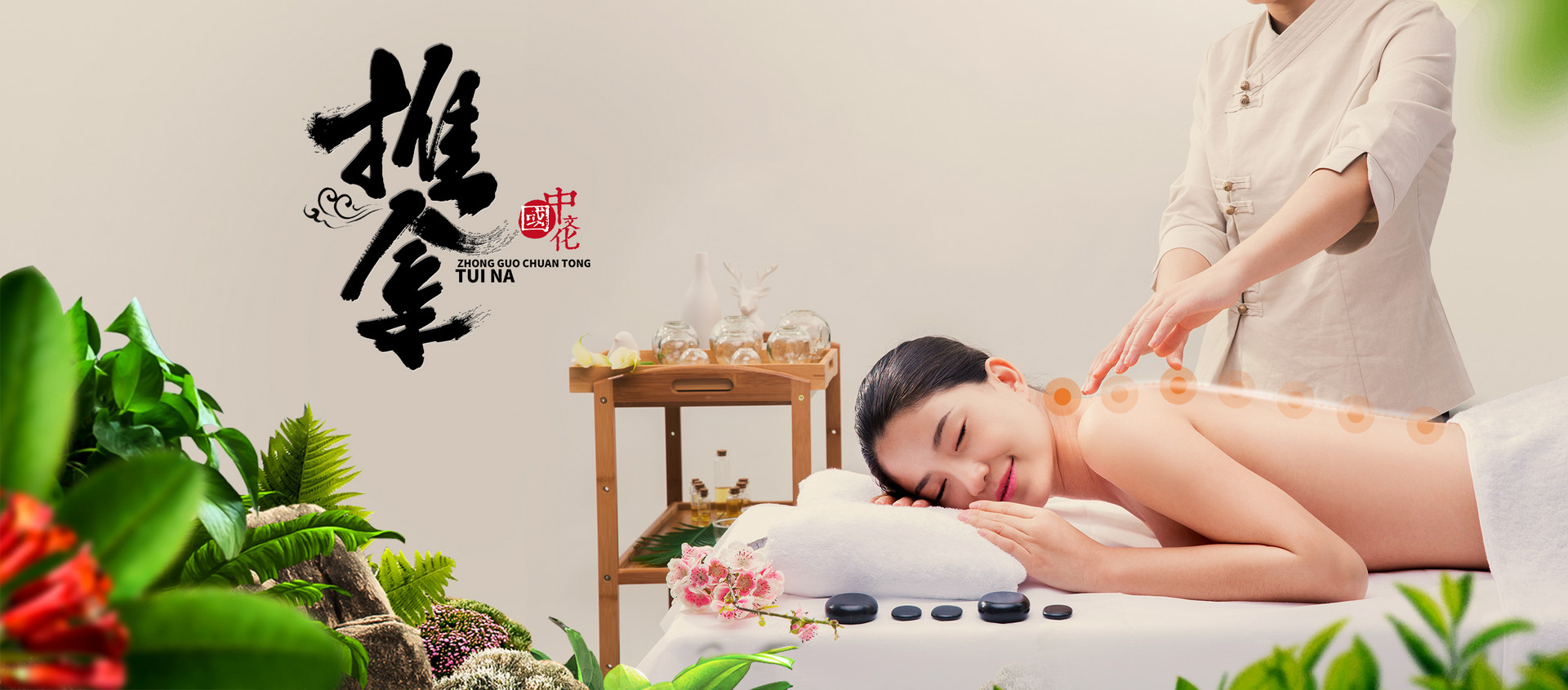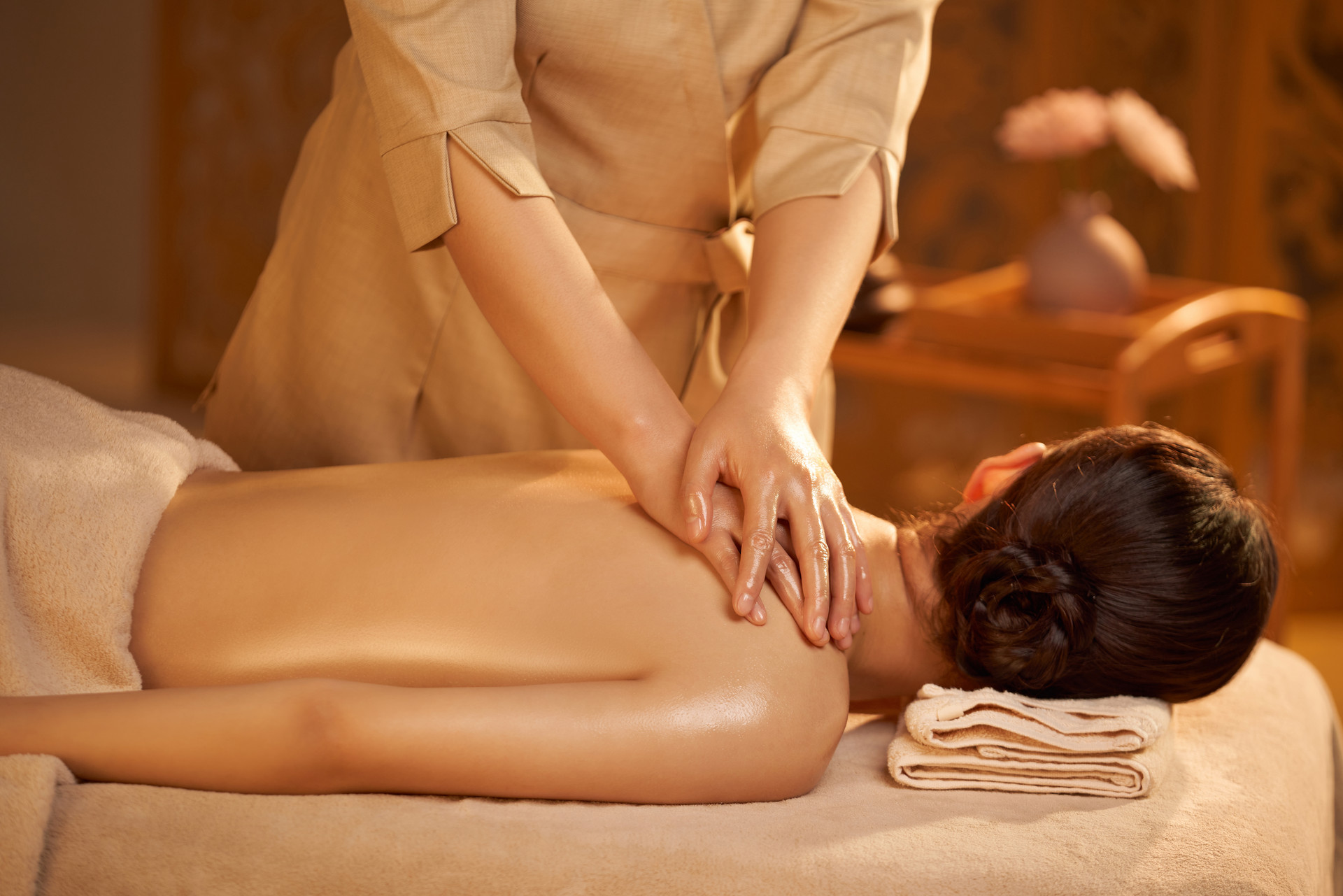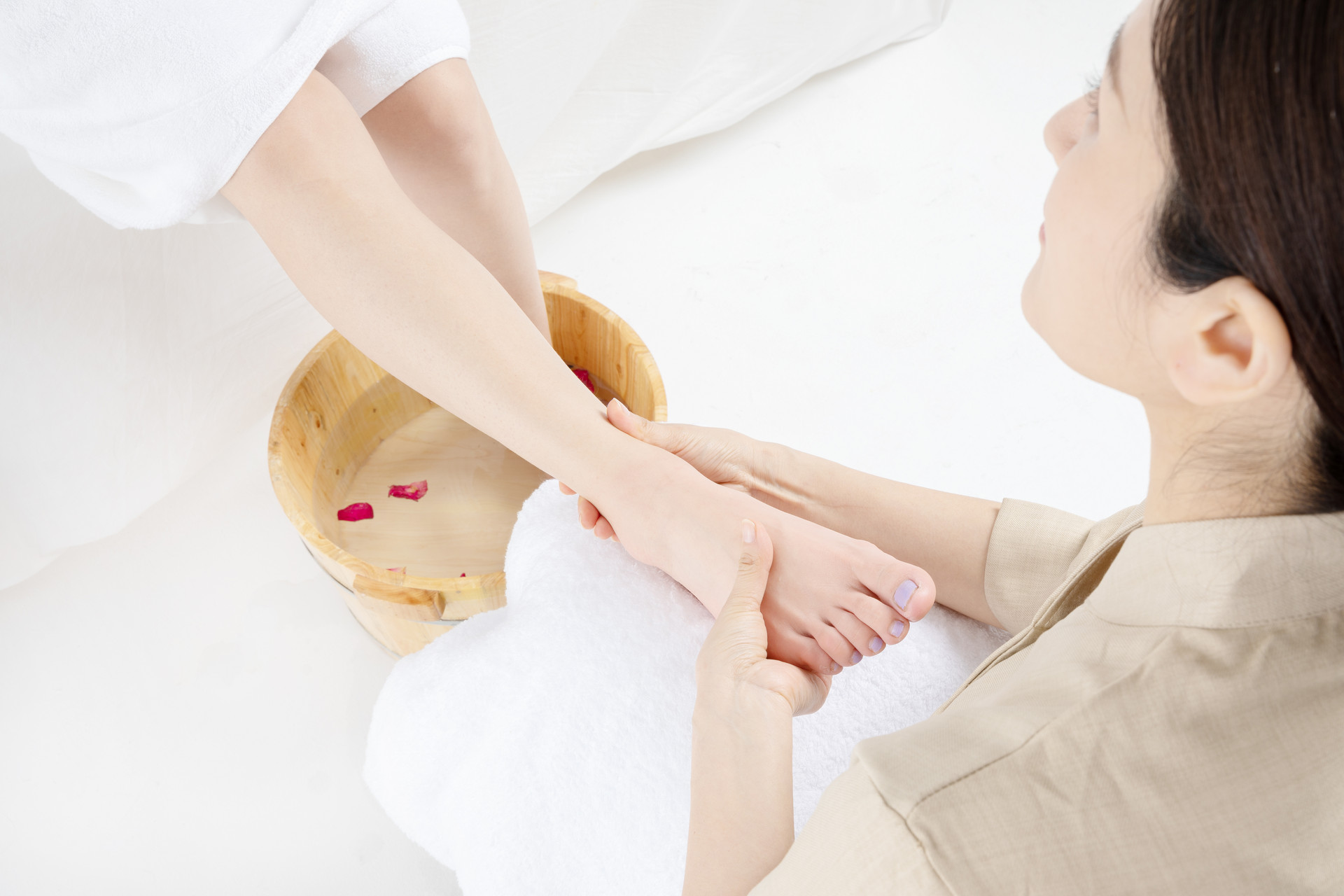Dizziness is a common phenomenon in our daily lives, and many people do not take it seriously. However, this condition requires our attention as it could be a complication of other serious illnesses. Traditional Chinese medicine teaches you the following massages to effectively relieve dizziness. Let's take a look at the specific instructions below.
Massaging the Yin Tang and Shen Ting points can alleviate dizziness
Chinese medicine believes that the head is where all yang energy gathers. Daily head massages can promote the smooth flow of meridians, regulate blood circulation in the brain, and have the effects of refreshing the mind, invigorating the body, and improving overall fitness. Head massages can activate blood circulation in the brain, increase blood supply, and stimulate the nervous system, thus promoting brain health. When massaging the head, focus on the entire scalp.

First, loosen your fingers and make a comb-like shape. Use the pads of your fingers with moderate strength to massage the entire head from the front hairline to the back. Repeat this 15-20 times, using enough pressure to create a slight warmth in the scalp. After massaging, use the pads of your fingers to evenly rub the scalp from front to back and from left to right. Repeat this 3-5 times. Then, squeeze and lift the scalp gently using your thumb, middle finger, and index finger, and then release. Repeat this process 2-3 times. Be gentle and avoid applying too much force to prevent injury to the scalp.
Using your own fingertips to comb your hair can achieve the same massaging effect. Most people use their fingertips to massage their scalp. There are many acupoints on the head, and massaging them with your fingers can promote smooth flow of qi and blood, making your hair shiny and black. The saying goes, "combing your hair a thousand times keeps your hair from turning white."
When people are mentally exhausted from excessive brain activity, they often unconsciously rub their forehead or lightly tap with their fists. This actually stimulates two important acupoints on the head, known as the "Yin Tang" and "Shen Ting" points.
The Yin Tang point is an extraordinary acupoint outside the meridians of the human body. In the book "Damo's Secret Skills," this point is also listed as one of the methods for rejuvenation, highlighting its importance. The Shen Ting point belongs to the Du meridian of the human body and has a therapeutic effect on the nervous system. Pressing these two acupoints can alleviate headaches, dizziness, and restore brain vitality. Massaging both points simultaneously can achieve better results.
The Yin Tang point is located in the middle of the line connecting the eyebrows. Place your middle finger on the Yin Tang point and press firmly 10 times. Then, clockwise, rub in circles 20-30 times and counterclockwise, rub in circles 20-30 times.
The Shen Ting point is located above the Yin Tang point, about half an inch directly up from the hairline. Massage this point in the same way as the Yin Tang point.
When massaging, sit upright and prepare for the massage to eliminate fatigue, activate brain cells, and enhance memory. It has a significant therapeutic effect on headaches and dizziness caused by prolonged reading and studying.
Traditional Chinese medicine teaches massage techniques to relieve dizziness
In traditional Chinese medicine, massage and acupressure for treating dizziness should focus on the following areas: cerebellum, ears, and inner ear labyrinth.
1. Cerebellum (cross-reflex zone)
Located in the middle of the lines between the pads of the thumbs on both feet, adjacent to the neck. When massaging, apply pressure from the outside to the inside, and then from the inside to the outside.
2. Cerebrum (cross-reflex zone)
Located on the entire pad of the thumb on both feet. Massage in a downward direction.
3. Trigeminal nerve (cross-reflex zone)
Located below the outer edge of the pad of the thumb on both feet. Massage in an upward direction.
4. Frontal sinus (cross-reflex zone)
Located at the tips of the big toes on both feet, just below the toenails. Massage in an upward direction.
5. Inner ear labyrinth
Located below the pinky toe on the dorsum of the foot, along the edge of the first metatarsal bone. You will feel a slight granular protrusion when touching it. Once you find this granular protrusion, press and knead it.
6. Ears (cross-reflex zone)
Located at the intersection of the fourth and fifth toes on the sole of the foot. When massaging, hold and press downwards, and then massage towards the inside.
Conclusion: From the above reading, we understand the benefits of massage. Massage can effectively help patients stay away from the sufferings of diseases. The above instructions are believed to help a wide range of patients in need. Additionally, if you have any problems, please consult a doctor. Dizziness issues should be taken seriously by patients and their families in order to recover physical health as soon as possible and completely get rid of the troubles caused by dizziness.











